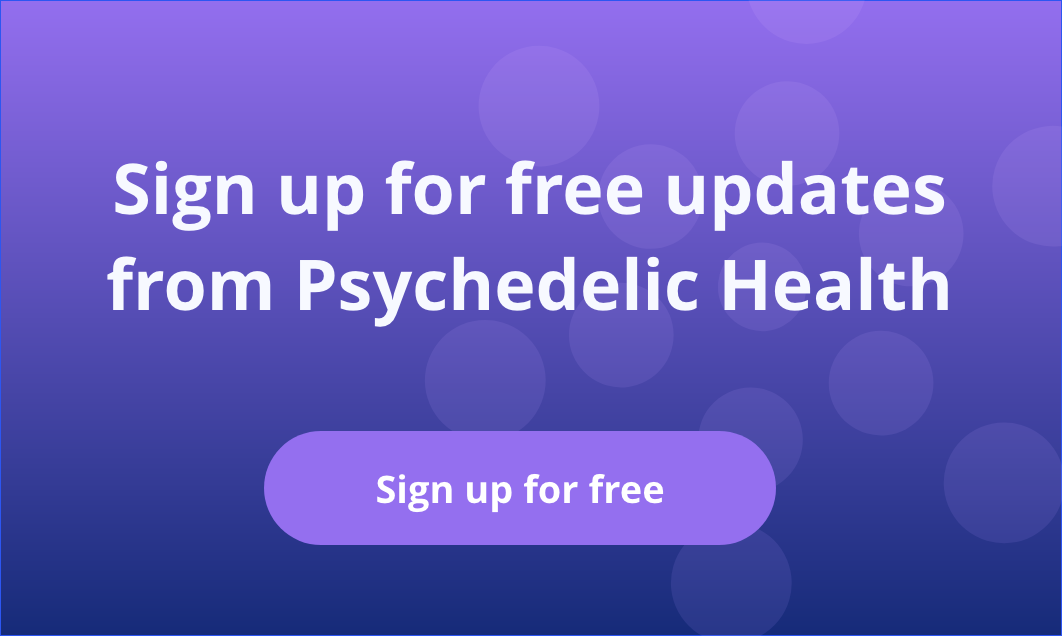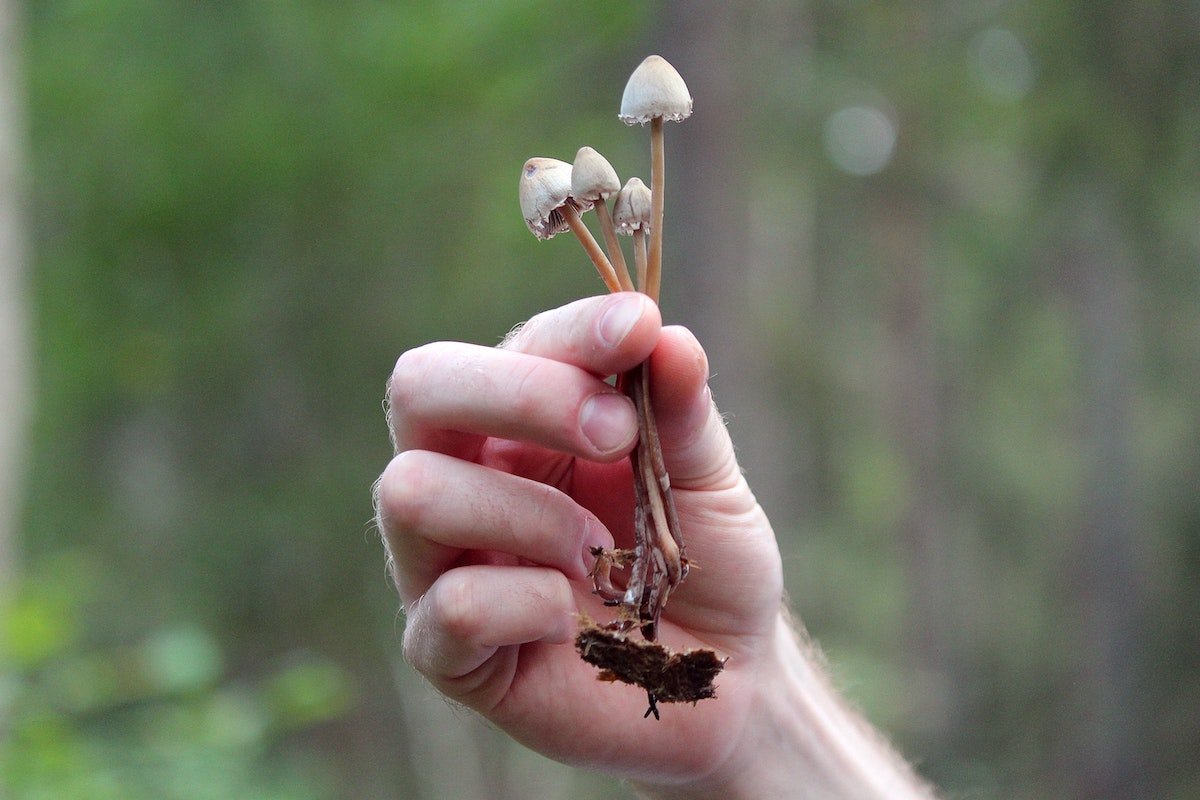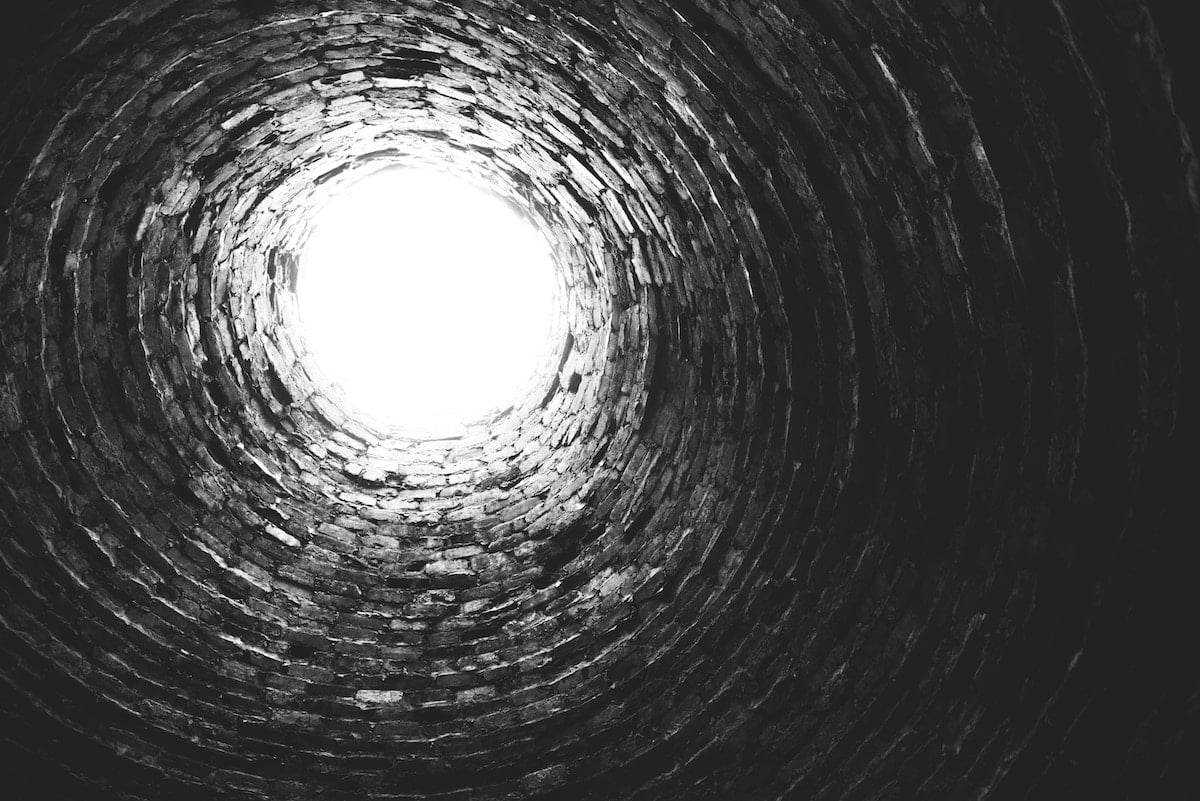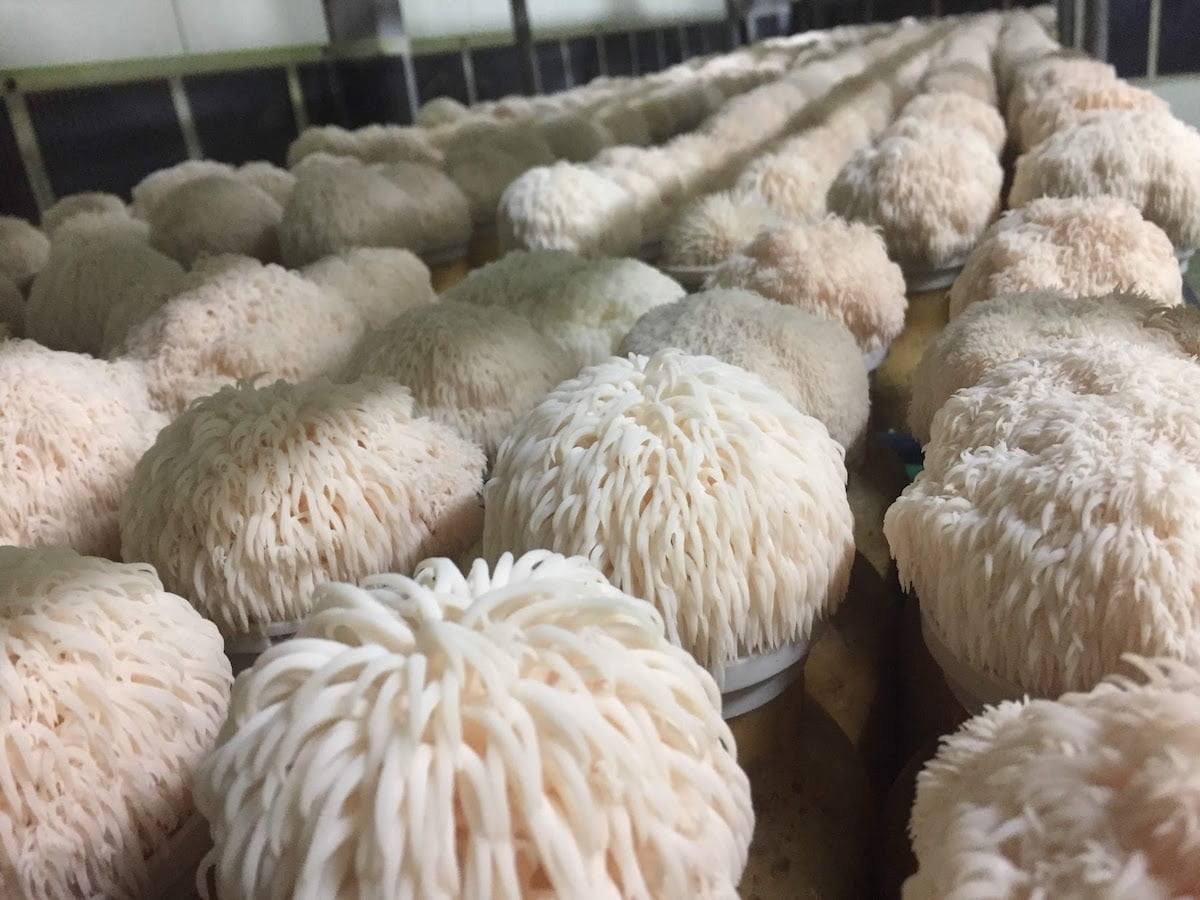Freya Masters is a recent graduate from the University of St Andrews where she studied biochemistry. She tell us why we’re in the middle of a very exciting period for psychedelics research.
‘Think of the brain as a hill covered in snow, and thoughts as sleds gliding down that hill…think of psychedelics as temporarily flattening the snow…suddenly the sled can go in other directions, exploring new landscapes and, literally, creating new pathways’
This snow metaphor, devised by Mendel Kaelen, a postdoc at Imperial College London, describes the experience of a trip using psychedelics.
The word psychedelic derives from Ancient Greek words which translate to ‘mind-manifesting’.
It is thought that the experience of a trip is due to a powerful increase in brain ‘plasticity’, a biological process which causes alterations in neural circuitry, thus ensuring corrections in the brain’s structure and function.
Whilst the first lab-based experiment with the famous hallucinogenic lysergic acid diethylamide (LSD) was conducted in 1943 by Dr Albert Kurland, psychedelic substances have been used for thousands of years in culture.
Such substances are derived from mushrooms, tropical plants or cacti. Indeed, shamans dwelling in forests used N,N-Dimethyltryptamine (DMT) to access the spirit world and little mushrooms doused in honey were eaten by the Aztecs, who called the mushrooms teonanacatl (‘flesh of the gods’).
The ‘classic’ psychedelics, such as LSD or DMT, act as agonists at the 5-HT2A receptor, in doing so functioning to stimulate specific physiological responses, such as typical hallucinogenic effects.
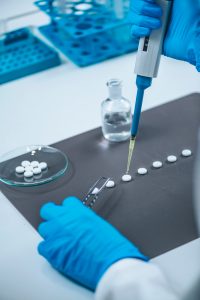
The 5-HT2A receptor binds serotonin (or 5-hydroxytryptamine), the crucial hormone responsible for feelings of well-being and aiding bodily processes such as sleeping or digestion.
5-HT2A receptors are located in a brain region called the ‘default mode network’, which is active when we recall memories or daydream.
Therefore, this region is also most affected by psychedelics as they bind to and activate its 5-HT2A receptors.
The effects of classic psychedelics set in within 20-90 minutes of administration – for example, an increased heart rate or a distorted sense of time.
Second class psychedelics or ‘entactogens’, such as 3,4-Methylenedioxymethamphetamine (a bit of a mouthful so we’ll call it the more commonly known MDMA) act as serotonin-releasing agents, resulting in feelings of empathy and wellness during a ‘trip’.
One classic psychedelic is psilocybin, the psychoactive compound found in ‘magic’ mushrooms which was extracted in its pure form from the mushroom Psilocybe Mexicana by the swiss chemist Dr Albert Hofmann in 1959.
The use of entheogenic (a psychoactive substance for spiritual development) mushrooms by westerners was encouraged in the early sixties by the Mazatec curandera (‘medicine woman’) María Sabina, who used them when practicing veladas, sacred ceremonies.
Psilocybin is produced by over 200 species of fungi (or mushrooms) belonging to the genus Psilocybe, which are found in both tropical and subtropical regions of Mexico, South America and the United States.
Once in the body, psilocybin is converted to psilocin, by the removal of a phosphate group.
Psilocin is structurally similar to serotonin and is a modulator of serotonin receptors, conferring typical mind-altering effects of euphoria, a distorted sense of time or altered perception typically for two to six hours.
As the sixties progressed, taking psychedelics such as psilocybin for ‘trips’ was considered as illicit, with warnings of usage risks including birth defects and damage to chromosomes.
However, in more recent times, the field of psychedelic-assisted psychotherapy has exploded, with the past ten years seeing an exponential increase in research into the application of psychedelic substances for the treatment of depression, anorexia and Post-Traumatic Stress Disorder (PTSD) to name only a few conditions, or for the cessation of alcoholism and smoking.
Also in the past decade, the UK has seen the demand for antidepressants more than double.
During lockdown, a 20% increase in the number of antidepressant/anxiety prescriptions was observed in the US.
In that sense, the coronavirus pandemic can also be viewed as a global mental health crisis.
A new breakthrough in mental healthcare is required.
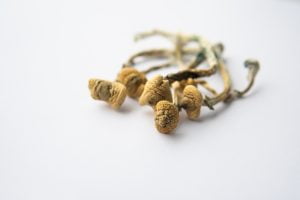
Psychedelic therapy could be this much-needed, fresh line of treatment over the more conventional drug therapies.
Indeed, in 2019, the Food and Drug Administration (FDA) stated that psilocybin-assisted therapy is a ‘breakthrough therapy’.
With the opening of centres for studying the therapeutic potential of psychedelics, such as the University of California (Berkeley) and John Hopkins university in Baltimore, major shifts have occurred in the field.
Here in the UK, Imperial College London opened the world’s first centre committed to researching the clinical potential of psychedelic compounds: The Centre for Psychedelic Research (founded in April 2019). Several ‘landmark’ studies have been conducted into the exciting therapeutic possibilities of psilocybin at Imperial.
One such study, which focused on twenty patients with the treatment-resistant form of depression, elucidated that psilocybin may play a role in resetting the neural circuitry involved in depression.
Whilst the sample size was small, the benefits of psilocybin were perceived to last up to five weeks after treatment, with one such benefit to be an observed reduction in blood flow to the amygdala.
This is the region of the brain involved in processing emotions including fear or stress.
Additionally, the selective serotonin reuptake inhibitor (SSRI) escitalopram was tested against psilocybin; this study is among the most thorough conducted for a psychedelic medicine.
SSRIs, which normally function to create novel connections in the brain, increase neuroplasticity to moderate the stress response, however their mode of action is not curative.
Whilst the results of the study indicated that psilocybin achieved a reduction in depression to the same extent as escitalopram, with strong suggestions that psilocybin even surpassed the SSRI in terms of performance, conclusions were ambiguous, with larger-scale trails for longer periods of time required.
This was due to the study’s focus on the depression metric to assess outcomes, a measure recognised by the FDA. Essentially, different measurements of well-being may have conferred other results.
Another exciting study by Imperial has involved patients who have suffered from anorexia nervosa for over three years.
It is thought that psilocybin may function at a pharmacological level in targeting the imbalance of serotonin in the brain characteristic of anorexia nervosa and by prompting developmental changes, for example in encouraging feelings of self-worth.
Through eight study visits, variable psilocybin doses were administered, and progress checked through a combination of psychological measurements, magnetic resonance imaging (MRIs) and electroencephalogram (EEG) recordings.
The follow-up period of the study is currently ongoing.
Imperial have also been the first to elucidate the effects of LSD, one of the most potent classical psychedelics and a highly controversial drug in society, in the brain through modern brain imaging.
LSD was initially synthesised from lysergic acid (derived from the fungus Claviceps purpurea among other species) by Albert Hofmann in 1938.
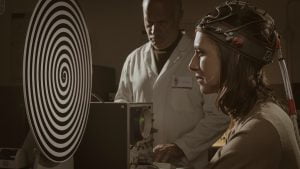
It is known that LSD shares common chemical structures with psilocybin and DMT and is thought to bind to serotonin and dopamine receptors such as 5-HT2C and 5-HT1A.
Initial studies for the therapeutic application of LSD were conducted in the 1950s.
However, after the criminalisation of LSD in the USA in 1996, the therapeutic potential of this psychedelic remained unknown.
More recently, the most promising therapeutic application of LSD has been for the treatment of alcoholism as well as for reducing anxiety in those patients who are living with a life-threatening disease.
It is important to note that the studies outlined in this article took place under conditions which were highly controlled, with drug therapy administered in combination with crucial psychotherapy support in regulated environments.
The placebo effect (in which a patient believes in the fake drug’s – the placebo’s – treatment benefits and starts to feel better) also presents a challenge to the interpretation of results.
Additionally, experimentations with powerful psychedelics such as MDMA (an amphetamine derivative), present a risk of an enduring psychotic reaction or substance abuse.
Despite these limitations, the potential of psychedelics for the treatment of conditions such as PTSD or depression is immense and will only continue to grow, as research in this exciting field develops.
The general hope is that, within the next few years, psilocybin therapy in particular will be licensed and marketed in North America and Europe.
One day, through extensive scientific research, psychedelic-therapy may be used in place of normal drug therapies, to enable thoughts, like sleds, to explore afresh and forge novel, healing connections in the minds of those who need it most.

 Opinion2 years ago
Opinion2 years ago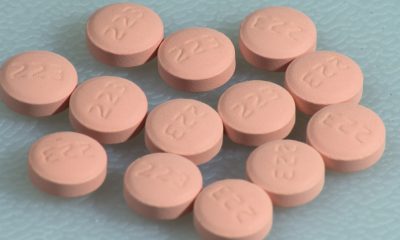
 Insight3 years ago
Insight3 years ago
 Medicinal2 years ago
Medicinal2 years ago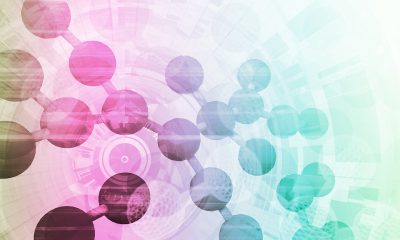
 Research2 years ago
Research2 years ago
 Medicinal2 years ago
Medicinal2 years ago
 Markets & Industry1 year ago
Markets & Industry1 year ago
 News3 years ago
News3 years ago
 Medicinal2 years ago
Medicinal2 years ago

